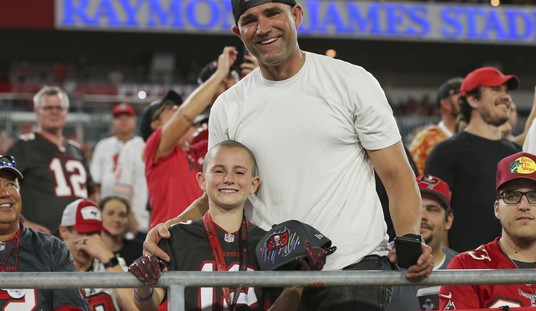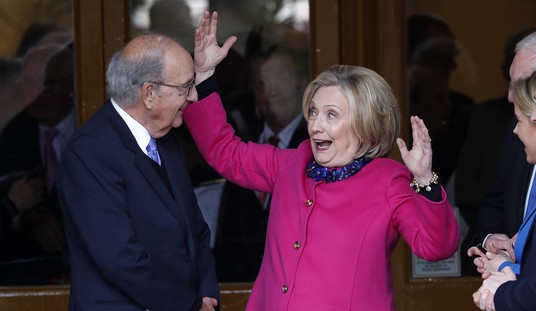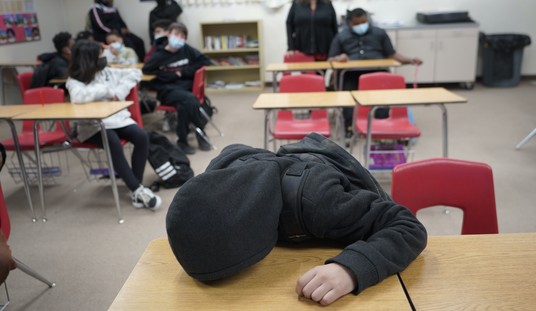This is why skepticism about the dire predictions about climate change is not only reasonable, but also a damned good idea. You just can’t trust the “if it bleeds it leads” reporting mentality to deliver the truth about anything.
Study Finds "Extreme" Sea Level Rise Could Displace Entire #SouthFlorida Cities By 2100 https://t.co/bPxPTkENpb
— WGCU Public Media (@wgcu) May 4, 2017
A recent NOAA study about probable sea level increases has hit the news. However, the media reporting does not lead with the most likely scenario predicted by the study. They go full clickbait and report the worst case scenario.
The National Oceanic and Atmospheric Administration, or NOAA, monitors weather and climate change for the federal government. It predicts about one foot of sea level rise by 2100 under the best case scenario, and more than eight feet of sea level rise in the so-called “extreme” scenario. That’s prompted a study that shows what extreme sea level rise could look like in South Florida.
Studies like this are probabilistic in nature so they are more like an insurance actuarial analysis than an actual prediction of what is going to happen. Even if you accept that all the data gathered and assumptions about it are accurate, the headline is deceptive.
The actual story is in the last paragraph.
NOAA says there’s a less than two percent chance that seas will rise more than five feet before the end of the century. In a January report, its researchers said sea level rise and the rising temperatures that cause it can be limited by taking carbon out of the atmosphere. It’s not clear how that might happen.
The global warming believers say there’s less than two percent chance that things will be half as bad as what the article leads with.
NPR doubled down on the deception.
Researchers say under worst-case conditions of 10 to 12 feet of sea level rise, 29 percent of Floridians would be displaced by 2100. https://t.co/FaFP36Tc1R
— NPR (@NPR) May 4, 2017
I use the word “deception” rather than “lie” because what is written is technically true, but making the “worst-case” the focus of the story and related social media posts creates a false perception. This is especially true considering that a large percentage of people will glean what is in the tweets and the headlines without ever clicking through and reading the article.
People walk away without realizing that the nugget of information they just absorbed is actually the least likely possibility.












Join the conversation as a VIP Member